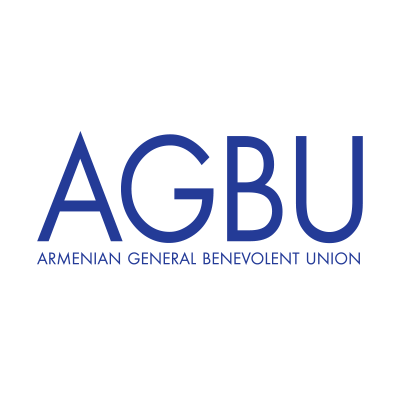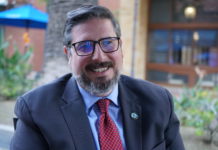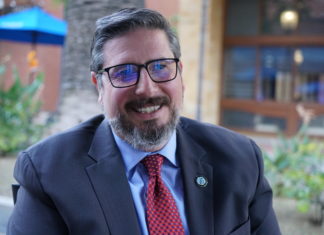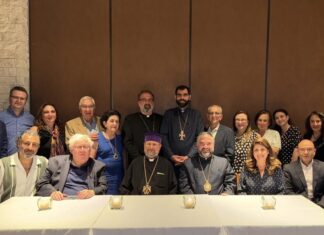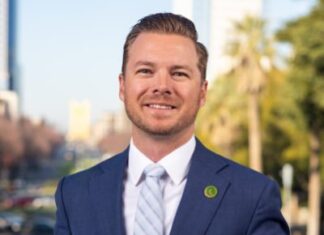By Philip P. Ketchian
The history of Mount Ararat abounds with accounts of explorers and adventurers taking up the challenge of scaling its fabled summit. Absent, however, are any signs of abatement in the interest and the controversy surrounding its first ascent that would dog Prof. Friedrich Parrot and Khatchadur Abovian to the end of their days, as evidenced by Edward Peck’s article, “Ararat: Another Controversial First Ascent,” published in the British Alpine Journal (2002, Vol. 107, pp. 207-215). I would like to take this opportunity to introduce some additional information that may inject some clarity into the subject from sources that exist only in the Russian and the Armenian languages. It will be seen that the long-forgotten account of the Russian adventurer Spassky- Avtonomov confirms Parrot’s successful pioneering first ascent of the peak.
As is well known, it was only on their third attempt on October 9 (September 27, by the Old Style Julian calendar), 1829, that University of Dorpat (presently Tartu, Estonia) physics professor, Friedrich Parrot, and Khatchadur Abovian, together with two Armenian villagers from Agori on Mt. Ararat, Hovannes Aivazian and Murat Boghossian, as well as two Russian soldiers, Alexei Zdorovenko and Matvei Chalpanov, successfully ascended the western summit of Mt. Ararat at 16,854 feet (5,937 meters) above sea level.
Parrot had met Abovian at Echmiadzin, the seat of the Armenian Church, where he was employed as a clerk and translator to the catholicos, the head of the Armenian Church. Parrot’s report of the successful ascent was first published on October 30 in the Russian-language weekly, Tiflis Chronicles. The full account of the expedition appeared in his book, Reise zum Ararat in 1834, translated into English in 1845 as Journey to Ararat.
In his book, Parrot writes that the controversy was given credibility by an article appearing in 1831 in the Tiflis Chronicles in which “… a man belonging to the educated European public, a man of merit in his way … was the first to cast a stone against me, and in a published commentary to insist on the impossibility of the fact asserted by me.” Parrot did respond in writing to the charges in the Tiflis Chronicles and also initiated an action to take sworn depositions from the members of his summitting party and from the Agori village chief Stepan Khojiants, who had accompanied Parrot on his unsuccessful second attempt a week earlier where they had reached a respectable altitude of 16,028 feet, and where they had erected a wooden cross bearing a lead plaque.
The deposition from Melik Stepan Aga (Stepan Khojiants) was taken on October 24, 1831. His statement was mostly inconsequential to the matter at hand, since he did not participate in the third attempt. However, his secondhand comments on the cross erected during the third attempt being placed “…in respect to distance not higher than the first,” was only partially correct and contributed to setting a negative spin. That cross was deliberately not placed on the actual summit pyramid by Abovian, but somewhat lower in a location to be better observed from Agori.
